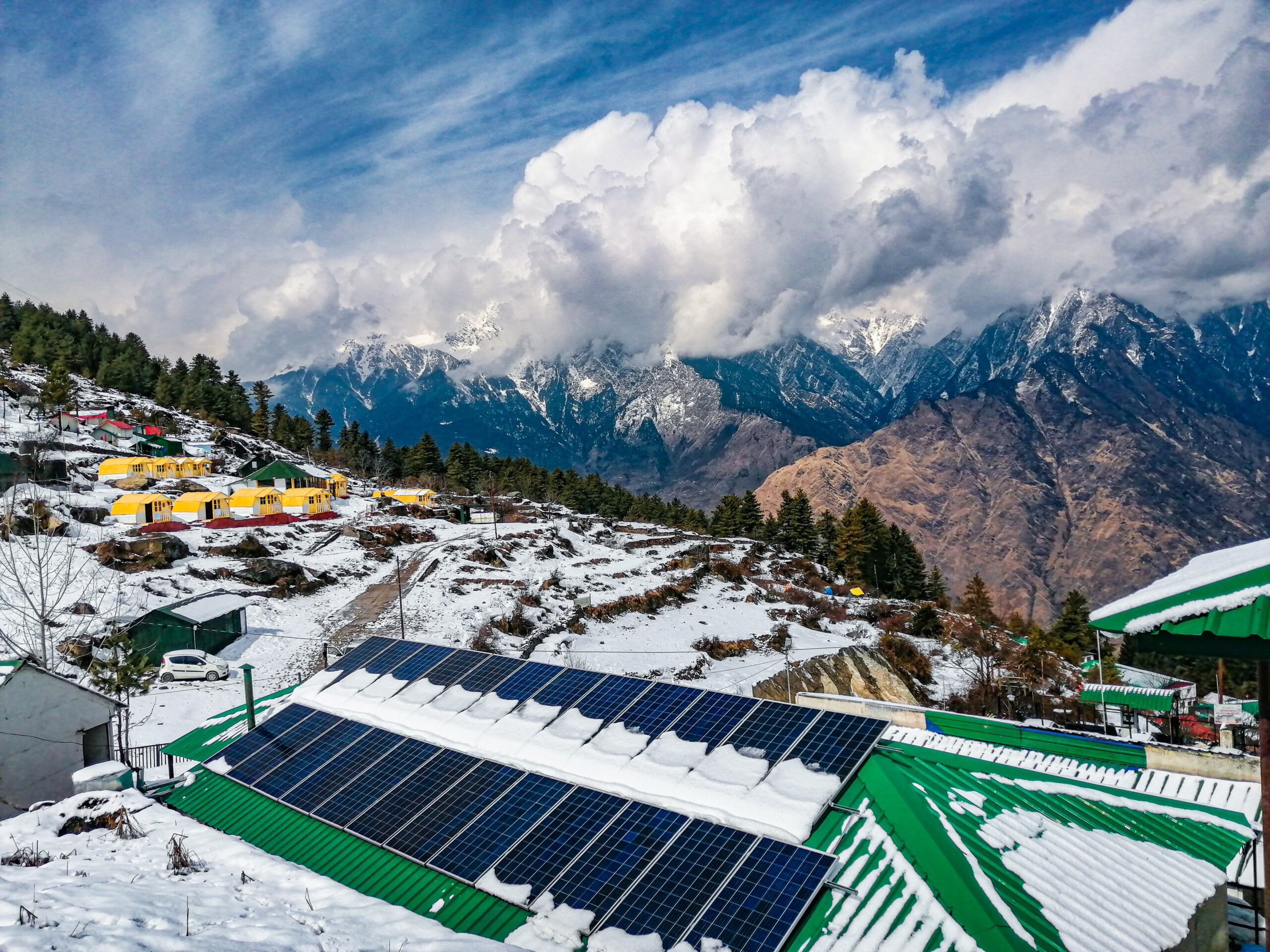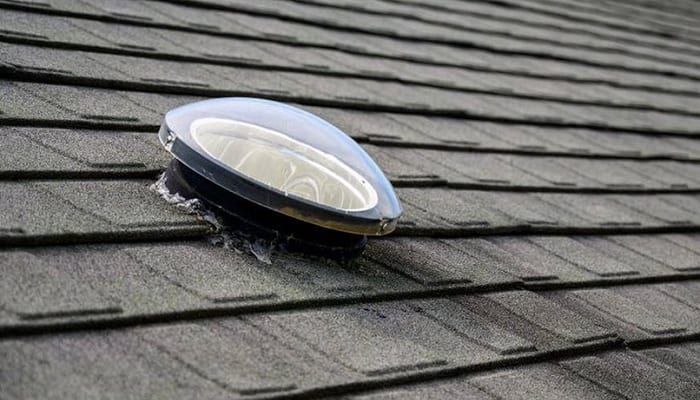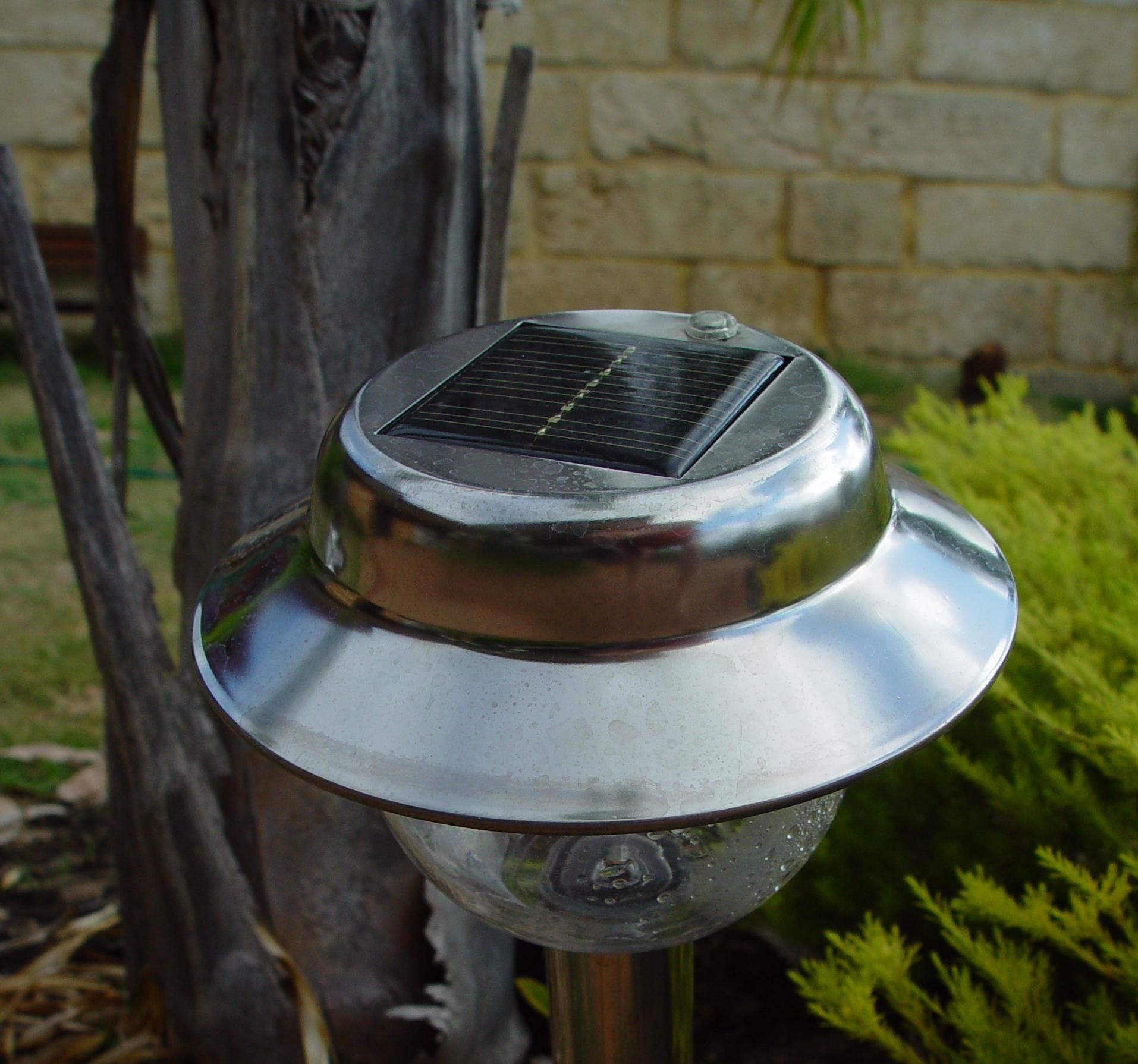Experimenting with the placement of solar panels is crucial in determining where the highest amount of sustainable energy can be produced. No matter if you’re a homeowner in a high elevation area, or are looking to develop a solar farm on a mountain, understanding whether solar panels are more efficient at high altitude will help inform your decision making.
Almost all solar farms are situated at sea level. This raises the question: can solar panels be placed at higher altitudes for more efficient energy capture?
To determine if they can, we need to look at how altitude affects solar radiation and panel performance.
Are Solar Panels More Efficient at a High Altitude?
The amount of sunlight that reaches your solar panels is impacted by several factors, from time of day to shading to the angle of the panels and more. This is why the amount of energy your system generates fluctuates from day to day.
Many of these factors are eliminated at higher altitudes, making it possible for solar panels to collect more energy.

How Does Altitude Affect Solar Radiation?
Higher altitudes produce colder weather because of the thinning atmosphere. You may be inclined to think that this means less sunlight, but the opposite is true.
Solar radiation increases at higher altitudes. For every 1,000 feet of elevation, the sun is 6 – 10 times stronger. It has fewer air molecules, clouds, and aerosols to travel through, making it more powerful once it hits a surface.
Does Solar Power Work Better at High Altitudes?
Solar power generation is more efficient at higher altitudes, but limitations exist. An increase in solar radiation exposure leads to a higher surface temperature on your panels.
Typically, panels reach their peak efficiency above 60°F and below 95°F. Panels installed at higher altitudes can reach temperatures of 150°F, which can negatively impact solar cell efficiency and reduce their overall output.
As the temperature increases, the output current of the solar panels’ increases, but the voltage output decreases. Based on the laws of thermodynamics, the heat severely reduces the solar panel’s power production.
The Best Elevation for Solar Panels?
Installing solar panels on mountain tops may be the best place for efficient energy generation.
Mountains offer the perfect elevation to collect more sunlight. Here are three reasons why:
- The higher up you move, the less clouds you’ll encounter. Solar panels placed on mountain-tops get direct rays of sunshine with fewer cloud interference.
- The air at high altitudes is better at cooling solar cells. This increases their performance.
- Solar panels can be installed at steeper angles, increasing the amount of sun that hits their surface.
How Solar Panels Work on Mountains
Getting power to mountainous areas is a challenge. The remote cities situated there often experience energy poverty.
The best solution to this problem is to generate sustainable energy in the area. Mountains have the potential to successfully produce geothermal, hydro, solar, and wind power. If they do so, the mountainous communities and cities downstream could benefit. Unfortunately, many sustainable power sources in these areas are underutilized or unused.
If solar power installations were done in mountainous areas, they could power approximately 20% more energy than solar farms at sea level. Contrary to what you may think, colder mountain-tops are more efficient at harvesting solar energy than warm areas at sea level.
Solar systems at high altitudes work the same as those at sea level – the only difference is their setup. One such example is Switzerland’s experimental solar farm on the Lac des Toules reservoir. More than 2 000 m² of solar panels are built on floating barges at an altitude of 1 800 m above sea level and hidden between two mountain-tops. Currently, the farm produces about 50% more solar energy than those at lower altitudes.

Solar Panel Performance Boosters at High Altitudes
Placing solar panels in mountainous areas will increase year-round energy production and boost electricity reserves during the colder, darker months when it’s most needed.
A higher altitude can boost the performance of a solar system. Here’s how:
Optimal Weather
The efficiency of solar panels is highly dependent on weather conditions. They underperform when it’s cloudy or there’s lots of shade.
Solar panels installed at higher altitudes counter these conditions. Many clouds form at lower altitudes, decreasing sun blockage on mountainous surfaces. At this height, solar panels will continue to collect solar radiation and output more power.
Less Environmental Interferences
Solar panels aren’t immune to dust, dirt, bird poop, and leaves. These environmental factors obstruct the panels and prevent the sun from reaching all the solar cells. As the dust and other obstructions accumulate over time, the solar panel’s efficiency decreases.
Installing solar panels at higher altitudes decreases the amount of problematic external factors. The solar cells receive more sunlight exposure, and their efficiency stays put.
Increases Sunlight Exposure
Besides the two points highlighted above, solar panels at higher altitudes receive increased exposure to solar radiation compared to systems installed at sea level. There are three reasons for this:
- If a solar system is installed in mountainous areas with snow, the snow will serve as a reflector and bounce any sunlight it receives towards the panels.
- Approximately 70% of solar radiation shot towards the Earth is absorbed by clouds, landmasses, and the ocean. The other 30% is reflected back to space. Higher altitudes soak up more of the solar radiation that penetrates our atmosphere than sea level areas do because radiation at higher altitudes doesn’t travel through, for example, clouds that absorb some of it.
- Air molecules, aerosols, and ozone above the solar panels decrease with climbing altitudes.
Last Words
Mountainous areas can potentially change the way sustainable energy is produced, but currently, they remain underutilized because of the cost of transport and installation. Some experiments to determine the long-term production of solar energy in these regions are underway, and the results so far are astonishing.
Hopefully, more solar farms will be installed on mountain tops in the near future. This will provide communities in the area with sustainable power and contribute to the worldwide grid to keep everyone experiencing power poverty, lit up!



